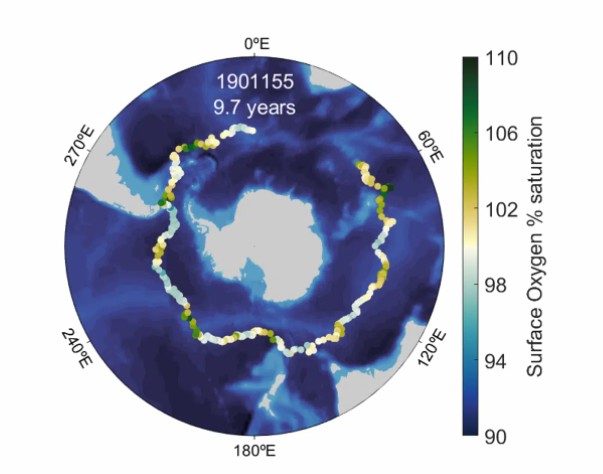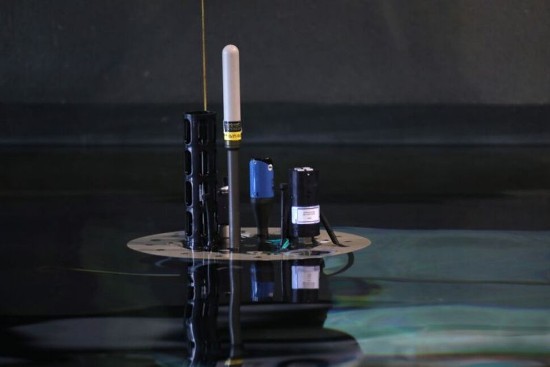In the past, I have written several blog postings here about the Argo program, and its deployment of several thousand robotic platforms packed with sensors to monitor the state of the ocean looking at changes in water temperature, circulation patterns, salinity levels, pH, oxygen concentration, and more. Argo sensors include a combination of both floating platforms and robots that can drop into the depths to observe ongoing changes.
Without knowing what’s going on in terms of changes to the oceans of the world, we are missing a big component in our understanding of how the natural world deals with rising levels of carbon dioxide (CO2) and other greenhouse gasses in our atmosphere. That’s because the ocean is the largest natural carbon sink on Earth, absorbing around 25% of the CO2 we humans are responsible for emitting.
Even with the global deployment of Argo, we have a very incomplete picture of the state of our oceans. Attempts to integrate all the science being conducted to study the oceans has led to coordinated data collection that has yet to give us the complete picture. Do we know with certainty how much CO2 is being taken up by our oceans and is it evenly distributed? Do we understand where the oceans and the life within them are most vulnerable to changes in pH and oxygen levels? Do we have the data to tell us how global warming is altering the seasons over oceans because we do seem to be getting a handle on how they are changing over land masses?
SOCCOM (Southern Ocean Carbon and Climate Observations and Models) describes a program involving hundreds of floats designed to monitor the Southern Ocean encircling Antarctica. The floats when released are designed to descend to 1,000 metres (3,300 feet) below the surface where they drift. When ready to sample they descend a further 1,000 metres to begin surveying the entire water column from the depths to the surface. Once atop they broadcast the data through a satellite link to researchers compiling a comprehensive database that describes chemical and physical characteristics of the areas surveyed. When not in operation these floats go dormant with the repeating every five to ten days. The longest-running SOCCOM dropped off the tip of South Africa kept reporting for almost a decade before its battery finally ran out.
The picture of that particular float showed the seasonal intermixing of surface and deeper water critical to promoting phytoplankton growth and oxygenation. The map below traces the route it took during its near-decade voyage of discovery. The data displayed is of surface oxygen levels in the ocean water it passed through.

SOCCOM and Argo aren’t alone. The collaboration of the Monterey Bay Aquarium Research Institute, Princeton, the University of Washington, and the Scripps and Woods Hole Oceanographic Institutes have been launching a 500-float experiment to study the North Atlantic. Another 500-float project is doing a similar thing covering the North Pacific and Indian Oceans. The two are part of the Global Ocean Biogeochemistry Array (GO-BGC).
What preliminary conclusions are being drawn from the data being collected?
- That ocean circulation patterns both on the surface and in the water column are changing.
- That marine ecosystems are being stressed by changes to ocean pH levels (the dissolved CO2 is making the water more acidic).
- That there are increasing areas of the ocean experiencing periodic low-oxygen levels.
- That surface ocean temperatures are rising.
- That the overall heating of the ocean water column is becoming noticeable which is impacting the distribution of fish and other animal species.
And yet, with all our observations of late, we still know less about the topography and chemistry of the ocean than we do about the surface and atmosphere of Mars.
Mars doesn’t impact life here on Earth unless you believe H.G. Wells’ War of the Worlds really happened. But what happens in the ocean impacts all of us. So we need to be doing a lot more measuring and paying greater attention.
















